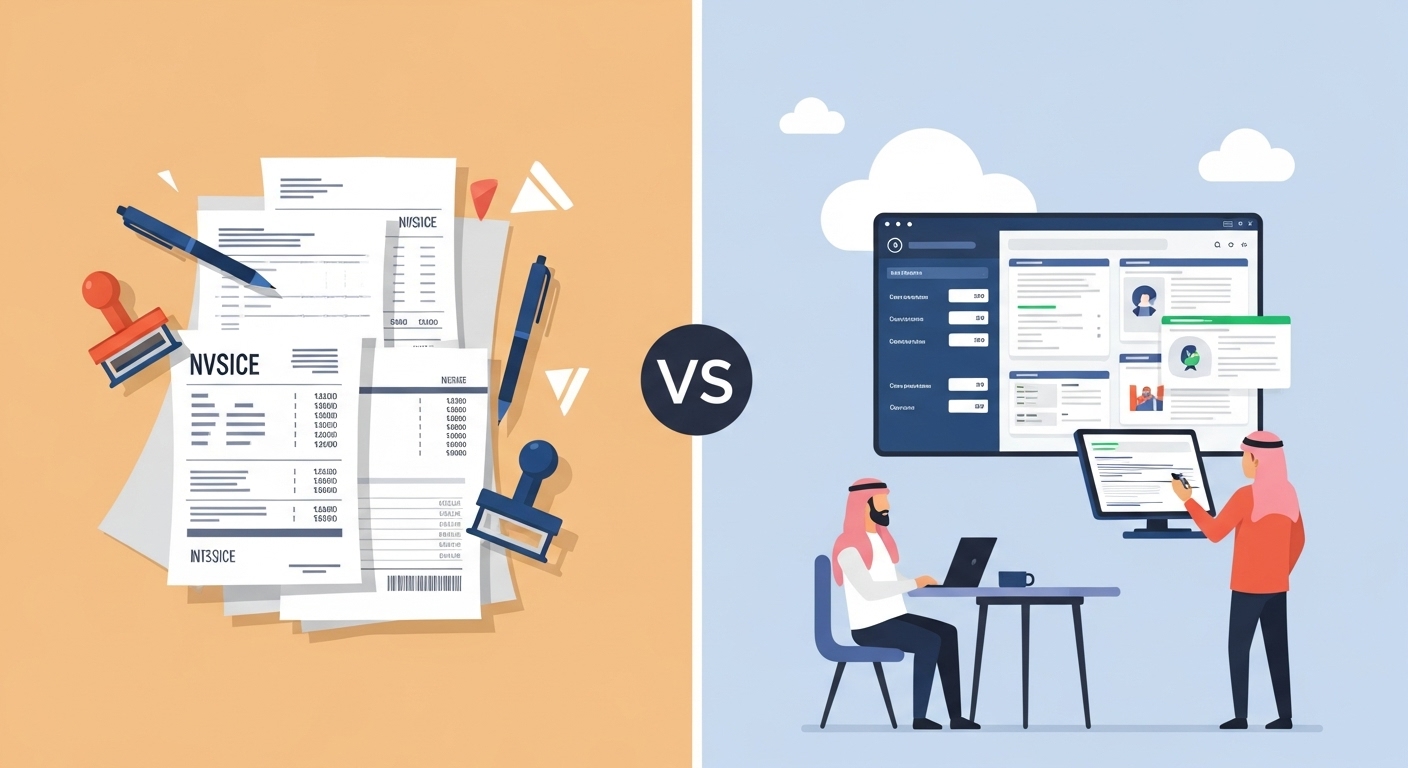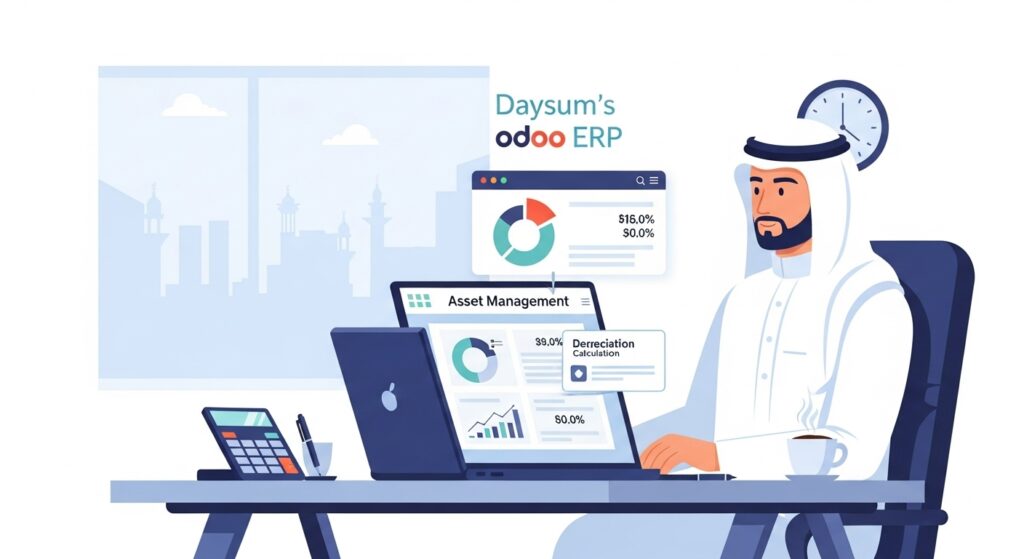In a world increasingly driven by digital transformation, adopting technological tools has become essential for improving financial operations. Among these tools, e-invoicing stands out as a modern alternative to traditional invoices, helping businesses enhance efficiency and minimize errors.
Transform your financial operations with a secure e invoicing Saudi Arabia solution.
Defining E-Invoices and Traditional Invoices
Traditional Invoices
Traditional invoices are paper documents manually written or prepared using simple software to document financial transactions. This method is often inefficient and prone to errors.
E-Invoices
E-invoices are digital documents issued and stored electronically, complying with regulatory requirements such as those set by the Zakat, Tax, and Customs Authority (ZATCA). This system facilitates financial transactions and reduces effort and time.
Comparison Between E-Invoices and Traditional Invoices
Accuracy and Efficiency
E-invoices reduce errors caused by manual entry or miscalculations, ensuring accurate financial data.
Time and Effort
E-invoicing enables faster issuance compared to paper invoices, which require more time for preparation and processing.
Costs and Management
Switching to e-invoices helps reduce costs associated with paper and printing while promoting efficient resource management.
Compliance and Regulation
E-invoices align with ZATCA requirements, making it easier for businesses to comply with regulations and avoid penalties.
Benefits of E-Invoices for Businesses
- Enhancing operational efficiency by speeding up processes and reducing errors.
- Building transparency and trust with clients through a reliable and secure invoicing system.
Conclusion
Shifting to e-invoicing is an essential step for any business seeking to improve its processes and comply with regulations.
Start today with Daysum to implement a comprehensive e-invoicing system that drives your business success in the Saudi market.




